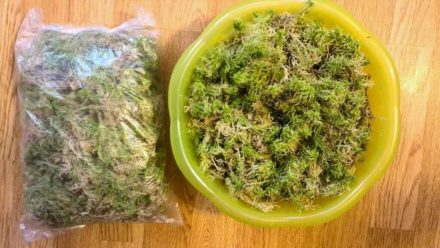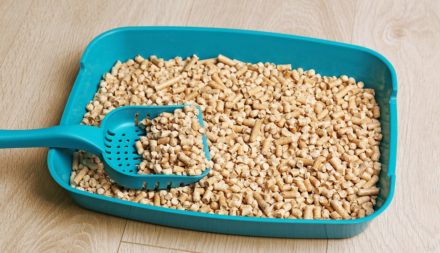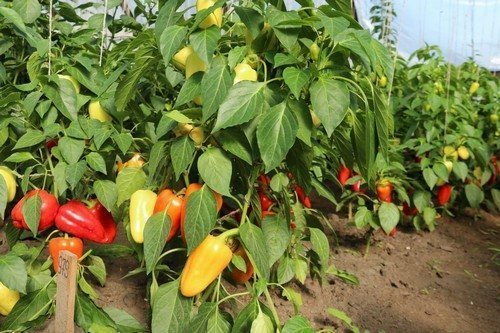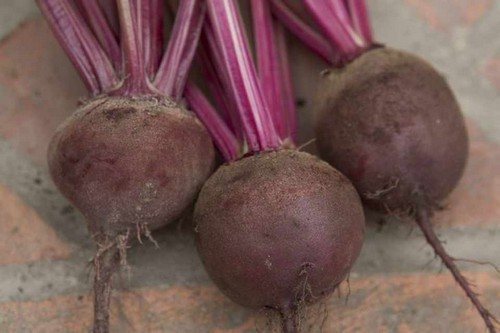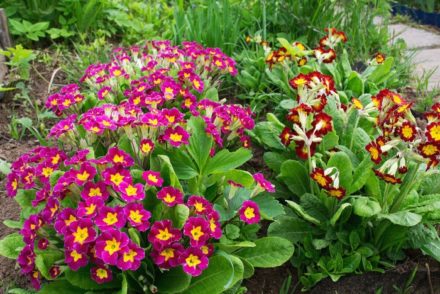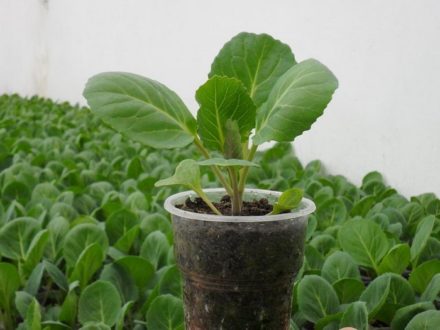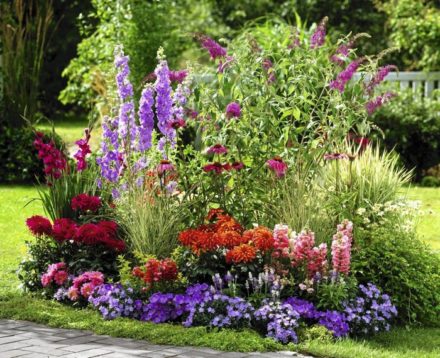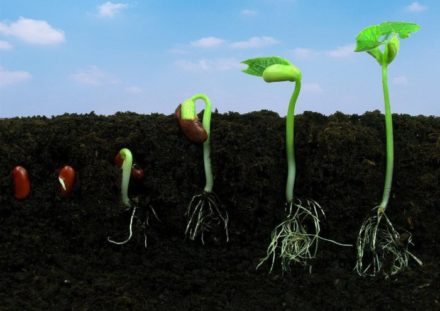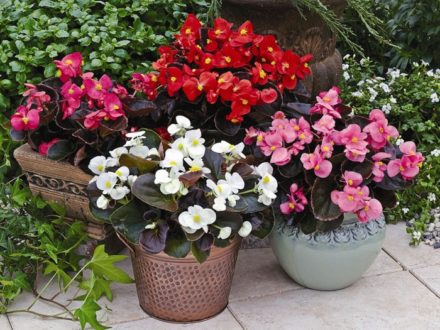Any seedling needs loose soil that easily allows water and air to pass through. Stagnation of moisture at this stage is detrimental to plants. Due to waterlogging, the roots of the seedlings rot and the seedlings disappear. Laying a drainage layer on the bottom of the container is an additional way to drain excess water. Despite their general purpose, drainage materials differ in their composition. They choose drainage according to their own preferences, taking into account its availability, pros and cons.

Expanded clay
This is perhaps the most affordable and popular drainage material. Expanded clay is made in production from baked clay. The advantages of the material include:
- ease;
- porous structure;
- environmentally friendly composition.
For seedlings, fine-fraction expanded clay is used. It is poured onto the bottom of the container in a layer 2–3 cm thick.
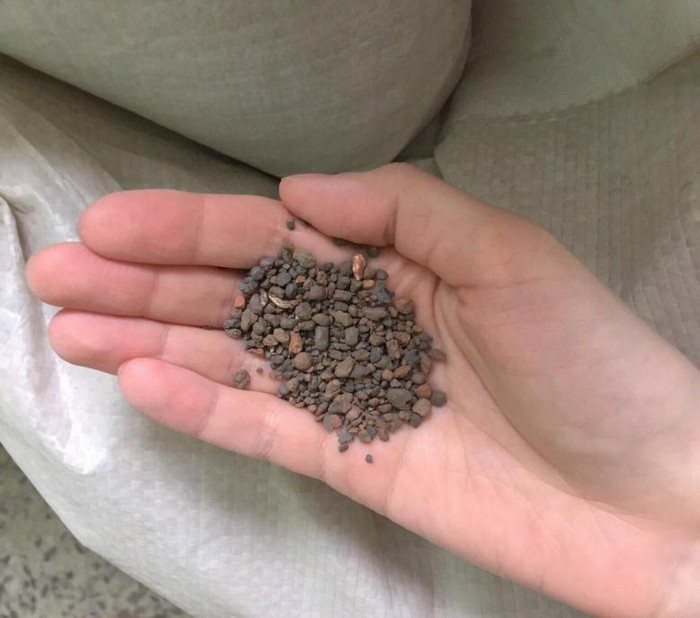
Expanded clay perfectly passes water through itself, as a result, the roots of the seedlings will be protected from waterlogging. It is also important that the drainage is easy, because the boxes with seedlings have to be moved from place to place and turned the other side towards the light so that the seedlings do not bend.
Agroperlite
Perlite is light white granules. It consists of a mineral of volcanic origin. Agroperlite is suitable for plants. This type of raw material (unlike technical perlite) is harmless from an environmental point of view.The material is obtained under the influence of high temperatures.
Perlite swells and forms balls of 1–5 mm in size with a porous structure. Perlite contains many substances useful for plants, such as oxides of:
- aluminum;
- potassium;
- calcium;
- magnesium;
- silicon.
The material is not subject to decomposition, pathogenic bacteria do not live in it.
Granules can be used not only as a drainage layer located at the bottom of the container.
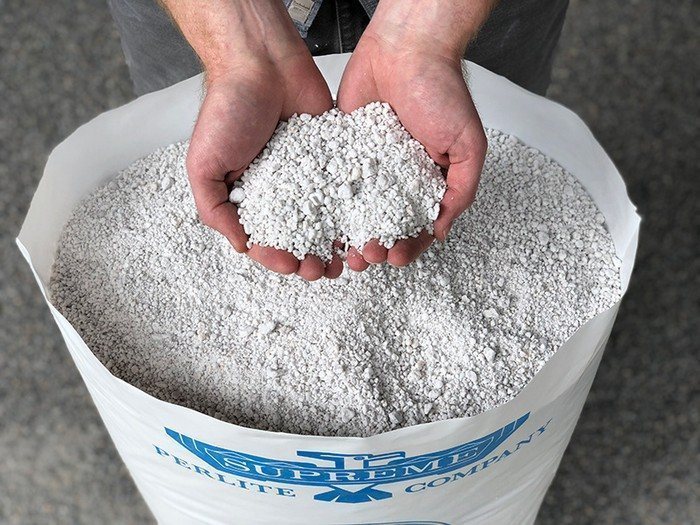
Perlite is often mixed with soil. With this method of application, the material also successfully performs a drainage function. Granules absorb water, and later give it to the roots of plants. Soil with the addition of perlite retains a loose structure, does not cake. The disadvantages of the material include a fairly high price. What tomato seedlings lack: useful tips for determining the lack of substances
Vermiculite is sometimes equated with perlite, but these are two completely different materials. Vermiculite used as drainage has a fraction of 2-4 mm. Outwardly, the material looks like pebbles of an uneven shape, a layered structure, brown or yellowish color. Each granule of vermiculite retains an amount of water 4-5 times greater than its own volume.
After the soil dries, the material transfers moisture back to it. Such drainage protects the roots of seedlings from temperature fluctuations, as it has heat-insulating properties. The mineral contains such elements as:
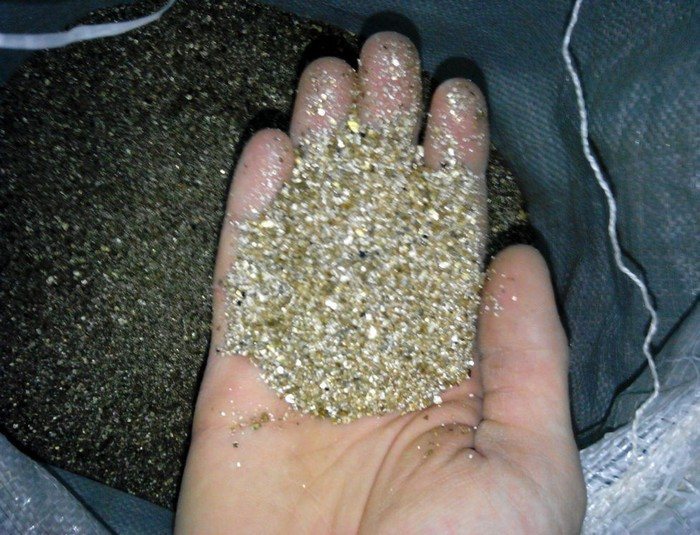
iron;
- magnesium;
- potassium;
- calcium.
- The material does not interact with acids and alkalis, and is unattractive to insects. Just like perlite, vermiculite is placed in a 2 cm thick layer on the bottom of the container or mixed with the substrate.The material is obtained under the influence of high temperatures.
Perlite swells and forms balls 1–5 mm in size with a porous structure. Perlite contains many substances useful for plants - for example, these are oxides:
aluminum;
potassium;
- calcium;
- magnesium;
- silicon
- The material is not subject to decomposition, pathogenic bacteria do not live in it.
Perlite is often mixed with soil. With this method of application, the material also successfully performs a drainage function. The granules absorb water and later release it to the plant roots. Soil with the addition of perlite retains a loose structure and does not cake. The disadvantages of the material include the rather high price.
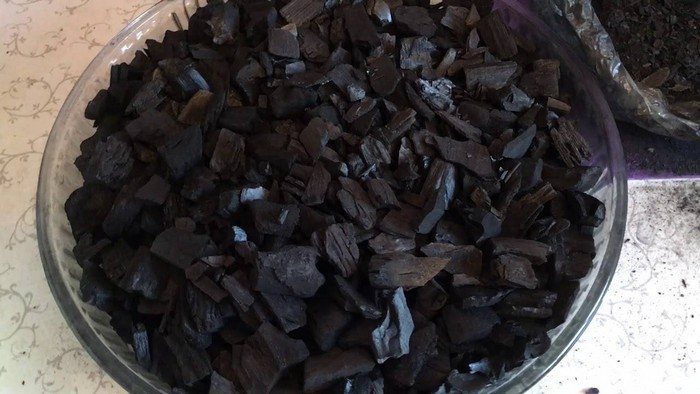
What tomato seedlings lack: useful tips for determining the lack of substances
Vermiculite
- Vermiculite is sometimes equated to perlite, but these are two completely different materials. Vermiculite used as drainage has a fraction of 2–4 mm. Externally, the material looks like pebbles of uneven shape, layered structure, brown or yellowish in color. Each vermiculite granule retains an amount of water 4–5 times its own volume.
- After the soil dries out, the material transfers moisture back to it. Such drainage protects the roots of seedlings from temperature fluctuations, as it has heat-insulating properties. The mineral contains the following elements:
- iron;
- magnesium;
potassium;
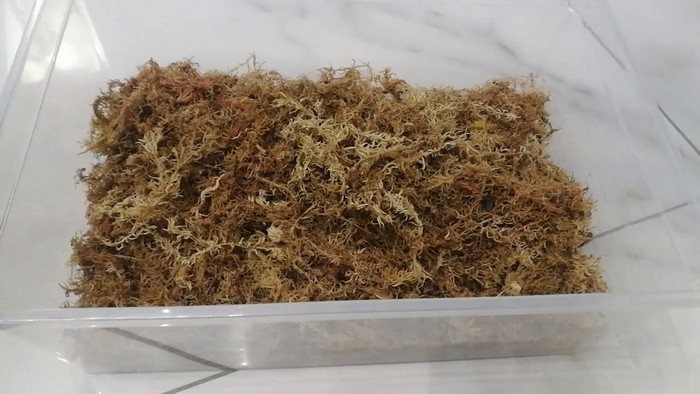
The material does not interact with acids and alkalis and is unattractive to insects. Just like perlite, vermiculite is laid in a 2 cm thick layer at the bottom of the container or mixed with the substrate.This kind of drainage is good for everyone, but it is expensive.
Charcoal
The main advantage of charcoal is that it has antiseptic properties. This means that the risk of developing root rot will be significantly lower. In addition, similar drainage:
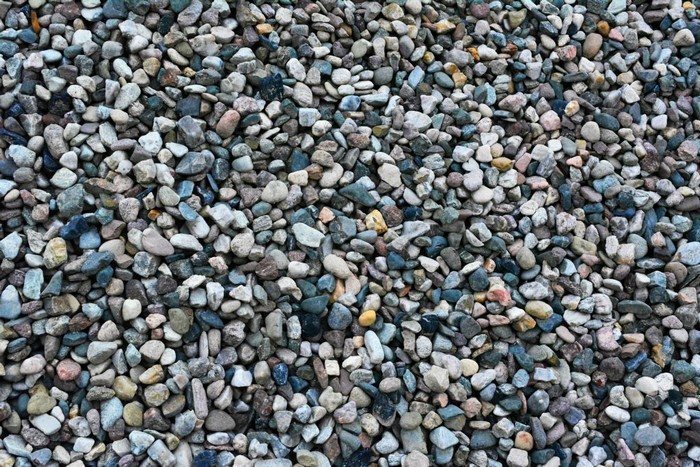
has low weight;
absorbs excess moisture well;
supplies plants with nutrients;
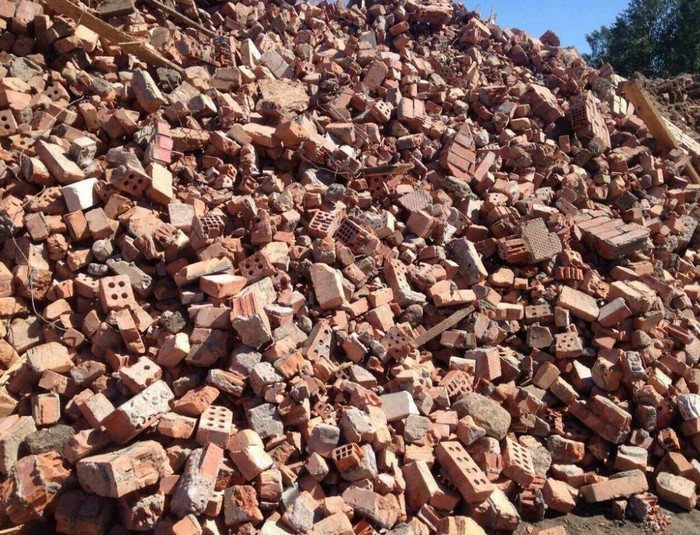
Cheat sheet for feeding tomato seedlings to add the right components on time
If the seedlings stand on a cold windowsill, the coal will additionally play the role of a heat-insulating layer and protect the roots from hypothermia. Large pieces of charred wood must be crushed before use. Lay coal, like other drainage materials, in a layer 2 cm thick.


